The process of developing and managing software programs for use on computers or other devices is referred to as software development. This process involves several areas, including front-end and back-end development; front-end development creates the user interface and experience, back-end development develops the functionality of the application or website, and full-stack development encompasses both. Back-end development handles tasks like server-side programming, database administration, and system performance, whereas front-end development works with technologies like HTML, CSS, and JavaScript that provide the user interface. Database administration and user interface are included in full-stack development. This process requires the skillful use of a variety of programming languages and technologies and requires continuous learning and development to adapt to changing needs in the software development process.
Table of Contents
- What Is Development?
- What Is Front-End Development?
- Metrics That Front-End Developers Should Learn
- What Is Back-End Development?
- Metrics That Back-End Developers Should Learn
- What’s the Difference Between Front-End and Back-End?
- About Full-Stack Development
- Development Insights
- Frequently Asked Questions About
What Is Development?
Software development is basically a set of commands and data that tells the computer how to work. The two main components of a computer, software and hardware, depend on each other to be functional. While the hardware consists of the physical parts of the computer, the invisible part called software development makes these parts functional. This functionality is created by software programs and codes to serve different purposes. We can summarize how this happens in general terms as follows:
The user sends commands to the operating system with the operations he/she performs in the application or program he/she is using. The operating system transmits these commands to the hardware. The hardware processes these commands to produce the desired results. The operating system then transmits this new data to the application software development, and the user who is currently working in this program receives the result of his/her action. For example, the terms operating system and application software, which we use when writing these lines, refer to different types of software development.
What Is Front-End Development?
You have opened a website; you are presented with menus, visual transitions with campaigns, colors, fonts, and image placements. This homepage is the work of a front-end developer. In short, everything that the user can see and interact with on a website is created at the front-end stage of the software. So, front-end development defines the part of an application or website that customers interact with directly. It includes many tasks, such as the colors to be used on the website, the placement of content, and the selection and application of fonts. This includes the user interface, text, buttons, links, and animations. Front-end development requires the software developer to have a variety of skills and competencies. These include the ability to code an application or website using the right programming languages and the design skills to put the application together so that the user has a great experience.
Metrics That Front-End Developers Should Learn
First, front-end development basically revolves around three main technologies: HTML, CSS, and JavaScript. We will explain these three topics in detail, but even before that, as a web developer, it is very important that you have a basic background of how the internet works. The way the internet works, how clients and servers interact, and the key concepts that describe how a web service works, such as HTTP, URL, DNS, and the role of each of them, are the most important concepts to build a solid foundation.
HTML
The basic structure of a web page, HTML, is the foundation of the content, just as the human skeleton is the foundation of the body. HTML stands for Hypertext Markup Language and is the standard markup language for web pages. From headings to paragraphs, links, and images, everything we see on a web page is usually described by HTML tags. These tags are used to identify elements and structure content.
CSS
There is not only a skeleton in the human body. There are other details that make it more aesthetic and holistic. In the same way, web pages need to be shaped to look visually more beautiful and uniform. This is where Cascading Style Sheets, or CSS, comes into play. CSS shapes the appearance of a web page with tools such as dimensions, colors, and alignments, giving it an aesthetic structure. In short, by applying CSS functions, developers can customize the appearance of HTML elements and make the user experience more effective and visually powerful.
JavaScript
JavaScript (JS for short) allows you to add more functionality to your websites, and you can create many basic web applications using nothing more than HTML, CSS, and JavaScript. These three will do the job just fine.
At the most basic level, JS is used to create and control things like maps that update in real-time, interactive movies, and online games. Sites like Pinterest use JavaScript extensively to make their user interfaces easier to use (it’s thanks to JavaScript that the page doesn’t reload when you pin something!)
It’s also the most popular programming language in the world, so it’s a valuable thing to learn regardless of your development plans.
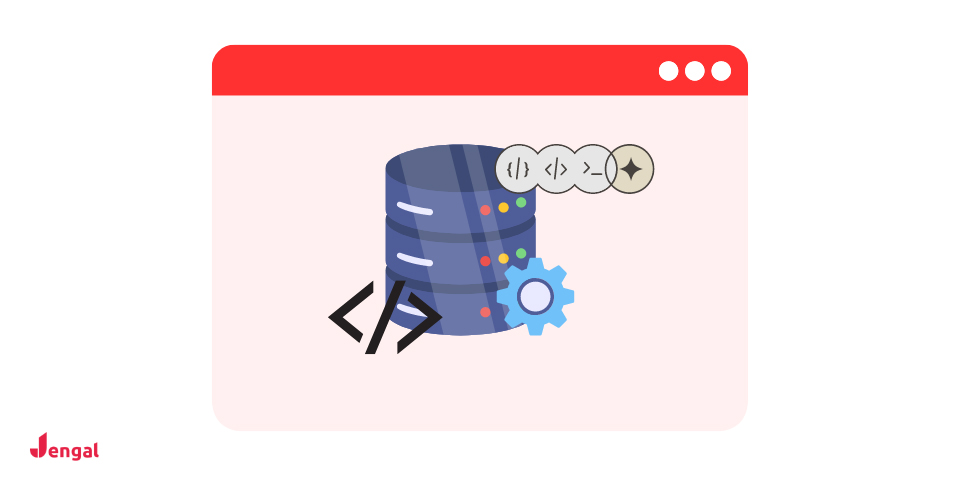
What Is Back-End Development?
The back-end development is the part of the application that the user cannot see on a web page or in an application but consists of the source code and databases that make the application work properly. Backend software design includes all the functions, such as figuring out which programming language to write a program in, creating this software in programming languages, and connecting it to a database. Functions such as creating the architecture of the system, planning database management, making server adjustments, ensuring that the system works at maximum efficiency and speed, etc., are performed.
Metrics That Back-End Developers Should Learn
Even though many technological innovations have entered our lives today, making life easier for producers and reducing the need to learn coding one by one, there are some programming languages that back-end developers need to learn to be productive. A back-end developer should basically learn Python, Java, and Ruby programming languages. Let’s learn in detail what these programming languages are.
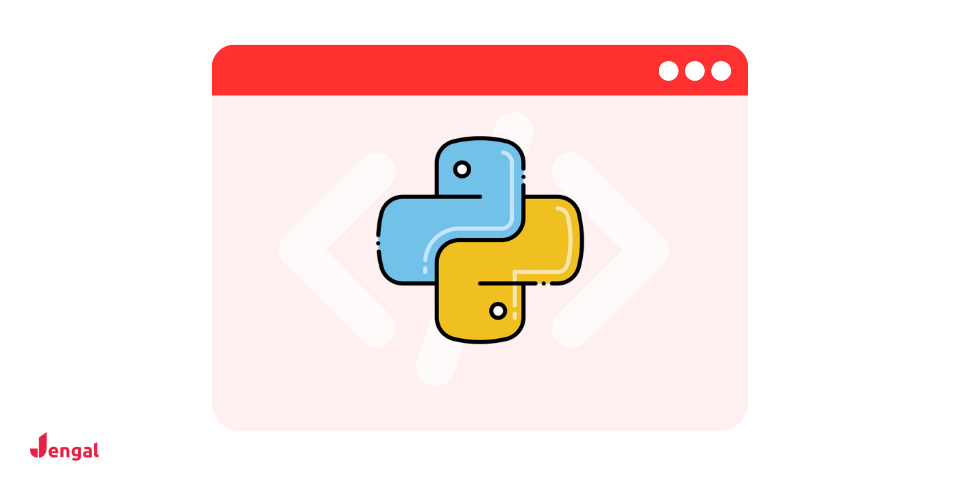
Python
Python is a programming language that is needed and frequently preferred in the fields of machine learning, data analysis, web application creation, and system management. Python language can be used in almost all areas you can think of, such as web programming, mobile programming, and desktop programming. In addition to offering so many options, Python is an easier programming language to learn than other programming languages. However, the fact that it is easy to use should not give you the impression that it is not an efficient program because Python is a programming language that can handle many projects. This programming language is one of the languages to be used for front-end and back-end development.
Java
Java is a widely used programming language for coding web applications and underpins web applications from all domains. It is a standard programming language used all over the world for mobile applications, games, web-based software, and enterprise software. One of the biggest reasons why Java programming language is preferred is that it is simple and easy to learn. For this reason, beginner programmers can start with Java. In addition, it has security measures such as not damaging other systems, protection against internet applications, access security, credit card and other personal information protection.
Ruby
Ruby is a programming language developed to increase producers’ productivity and make the coding process more enjoyable. Ruby is often described as an easy-to-use and easy-to-read language. This helps manufacturers to speed up the software development process. This has also helped Ruby gain worldwide recognition and continuously improve its programming language. Ruby requires less code writing compared to other programming languages. This, again, has a positive impact on the producer and increases the efficiency of the coding process. Ruby runs on operating systems such as Windows, macOS, Linux, and Unix and can be used on many different platforms. As a result, Ruby can be used as an ideal tool for developing web applications.to improve the programming language continuously.
What’s the Difference Between Front-End and Back-End?
The main difference between front-end and back-end development is which aspects they handle. While front-end development deals with the front-end design and user experience where users interact with websites, back-end development builds the infrastructure behind websites and provides the functionality.
- Another difference is in the technologies front-end and back-end developers use. Front-end developers must have a good command of web technologies such as HTML, CSS, and JavaScript. On the other hand, back-end developers work with server-side programming languages (e.g., Python, Ruby, Java, C#) and technologies such as database management.
- Also, front-end and back-end developers work in different phases. Front-end developers are involved in the creation of the user interface starting from the design phase, while back-end developers work in phases such as data processing, business logic, and server management.
In summary, front-end and back-end developers work together in the web development process to create user-friendly, functional, and visually appealing websites and applications. Remember that both roles are interdependent, and good collaboration is the key to a successful web project.
About Full-Stack Development
Full stack development covers all end-to-end software development processes, including front-end and back-end development. While the front-end development deals with user interfaces, the back-end development deals with the workflow processes of applications.
- Full-stack deals with front-end, back-end, and database processes. Since the full-stack developer has developed himself in both the back-end and front-end, he has developed himself in more than one programming language and, therefore, can easily switch from one technology to another.
- Having a full-stack developer in the team while developing a web application has some advantages, such as increasing productivity, saving time and cost, correcting errors faster, and facilitating the transfer of information to team members.
- What a full-stack developer needs to know, and the requirements of the role vary by industry. However, since they all need to have front-end and back-end development skills, JavaScript, Python, Java, R, PHP, Node.js, and Ruby are among the technologies that full-stack developers frequently prefer and that they should master.
- Although full-stack development is a versatile field, even those with no previous experience can improve themselves in this field.
Being a full-stack developer, developing yourself in this field depends entirely on you and how much time you devote to coding. In general, with hard work, you can improve yourself in this field in as little as 6 months – 1 year.
Artificial intelligence (AI) is a system that enables machines to perform human-like tasks, learn from experience and adapt to new inputs. However, ev...
Software development has become an important and indispensable profession with the advancement of technology day by day. Software goes beyond sectors,...
Also, you may be interested in our What Is System Software? article !
Development Insights
Software development uses both front-end and back-end development components, each of which is utilized to create functional websites and applications. Front-end development is the process of creating aesthetically pleasing features like user interfaces and interactions using HTML, CSS, and JavaScript. Python, Java, and Ruby are among the programming languages used in back-end development, which also handles database management and other behind-the-scenes work.
Combining front-end and back-end development expertise, full-stack development provides a thorough grasp of the complete software development process. One of the many abilities held by full-stack developers is their fluency in a variety of programming languages and technologies. They are essential for optimizing development procedures, boosting output, and promoting effective team communication.
A full-stack developer must be committed to lifelong learning. With practice and perseverance, people can enter this flexible sector in as little as six months to a year. Good, user-friendly apps and websites require cooperation between front-end, back-end, and full-stack developers.







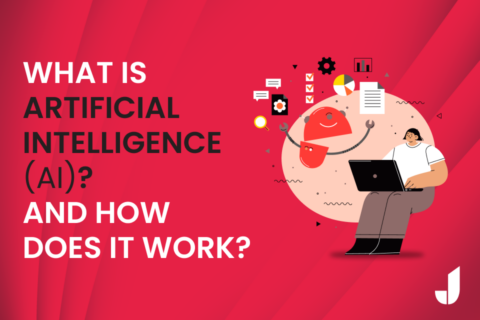
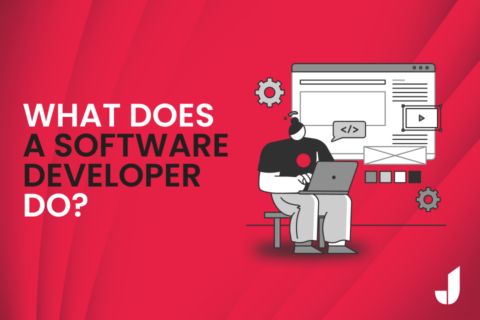
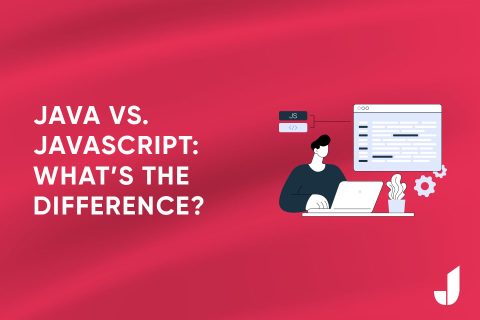

No comments to show.